For over 20 years, Pokémon fans have circulated poor-quality scans of the original watercolor artwork for the 251 monsters from the first two generations by renowned series artist Ken Sugimori. These scans were often washed out, and while they had a retro feel to them, weren’t accurate to the original art. Now, thanks to the efforts of online archivists, fans finally have a much better look at Sugimori’s original pieces, and the difference is wild.
Archivist and YouTuber Lewtwo posted a thread on Twitter about the scans, which were provided by software developer Christopher “ExcaliburZero” Wells. These pieces are from the Japan-only Pokémon Gold and Silver Pokédex strategy guide, whereas the ones that have been circulating online are from the official Pokémon Red and Blue and Gold and Silver guides that were sold in the west in the late ‘90s.
Unlike the original pieces and the images in the Japanese guide, the Western scans came out discolored, distorted, and missing details in those books. Despite their quality, they were shipped out and became well-known within the Pokémon community. Looking at the examples Lewtwo has already posted, such as Diglett and Tauros, it’s clear how a lot of the deep colors were lost in those original scans featured in Western materials.
Why are new scans of Ken Sugimori’s art significant?
Speaking to Kotaku, Lewtwo says it’s taken so long for the original pieces to surface because the prevalence of the original scans had distorted fans’ frame of reference for what these pieces are “supposed” to look like. This changed when the original Gen I and II games were ported to Virtual Console, which included HQ digital uploads of artwork of some of the older Pokémon. Lewtwo points to ones, like Eevee and its evolutions as some of the most accurate scans.
“You can literally see all of Sugimori’s imperfections with the tools he used, right down to the way the watercolor bleeds in and around the lineart, to the point we’re convinced that this is the closest we will ever get in being able to scan the original piece,” Lewtwo says.
When Pokémon Blue came out, developer Game Freak made new artwork for each monster, but Lewtwo says the art most western fans know for that game was “incredibly high contrast” compared to the original Red and Green games, which is why characters like Ditto look nearly colorless, despite the Pokémon itself being a deep shade of pink. The distortion extends to the line work and general shape of some Pokémon, which Lewtwo says was “effectively destroying any subtlety intended” in the watercolor pieces. But it was all the community had to work with for a long time.
“The scans of this artwork were remarkably poor, and every source we found appeared to have largely stretched or misshapen art, which stemmed from the sources themselves, and not even from poor scan quality,” Lewtwo says.
Despite it taking this long, Lewtwo says the Pokémon Gold and Silver Pokédex book isn’t particularly rare or even expensive. He was even considering buying it himself for $20 online from a Japanese seller, which he says would be “a steal” at that price for access to the original art.
How did the low-quality Pokémon scans circulate for so long?
What’s curious about the entire situation is how the poor-quality scans became so embedded in the Pokémon community. Lewtwo says it’s likely because they were featured in several pieces of official Pokémon media and merchandise in the West, all starting with its guide books.
“Aside from having artwork that was literally malformed by stretching it (on top of the color changes), there was clearly little care put into preserving the original look, so much so to the point where the Super Game Boy screenshots in the guide also use inaccurate colors, like they were flat changes across the board,” Lewtwo says.
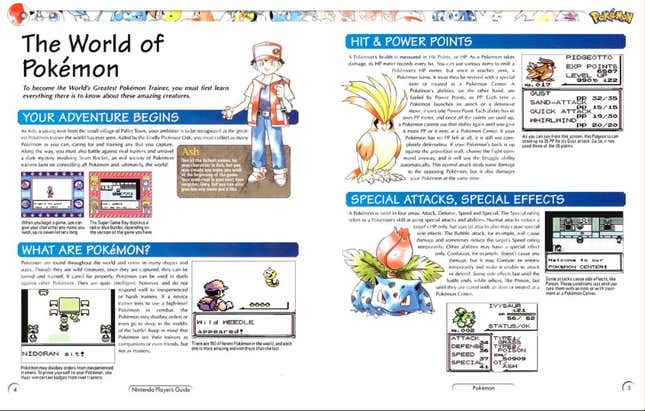
Now, Lewtwo is scanning all 251 Pokémon as they were originally meant to be seen and uploading them to their own Asset Archive, as well as working with sites like Pokémon wiki Bulbapedia to restore the original pieces. He estimates this will be a months-long process. However, some fans have taken issue with this, claiming the original scans will become “lost media” if sources like Bulbapedia switch to these new scans.
Lewtwo responded to this in a lengthy tweet, pointing out that resources like Bulbapedia already allow you to look at previous iterations of assets it has on file, so they wouldn’t just be erased from history. Some were also quick to dispute that these were more accurate scans, but Lewtwo says he cross-referenced these scans with official art like Game Freak’s own assets and artwork seen in the trading card game to ensure their quality.
“We understand the backlash—that people have an affinity for the way the artwork has always looked to them, but our priority has always been preserving how this art is supposed to look as much as possible,” Lewtwo says. “I never grew up with these guides so I can’t really relate, but the inaccurate versions will always exist on Bulbapedia’s file history for those that want them there. That being said, whilst we understand why this feels weird and why there are definitely interpretations up for debate, it’s incredibly disheartening to read whole ‘go f*** yourself’ tweet threads with some seriously rude and heated replies. We’ve dedicated months to preservation already without expecting anything in return, but some of the responses have gone way too far, and are usually really misinformed. We’re all trying to do the best we can, and we appreciate all of the nice, patient comments so far. It means the world to us to see people excitedly asking what their favorite classic Pokémon was supposed to look like with this level of care and attention.”
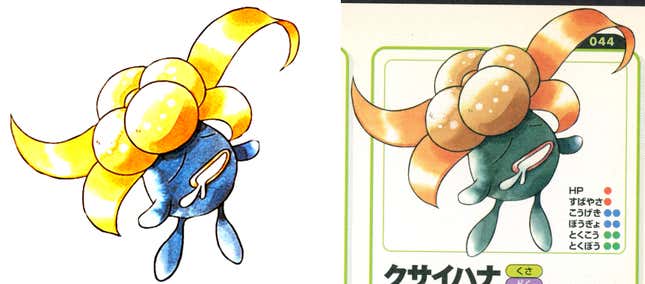
Despite the pushback, Lewtwo says much of the community has been supportive, and it’s given him the drive to ensure the best-quality versions of these pieces is preserved for use by the Pokémon community.
“This may take a few months—especially if I’m the only one working on it—but we’ve already had some enthusiasm on this particular project crop up in our Discord, which is where we come together to unearth a lot of cool stuff and help each other preserve content as best as possible.”

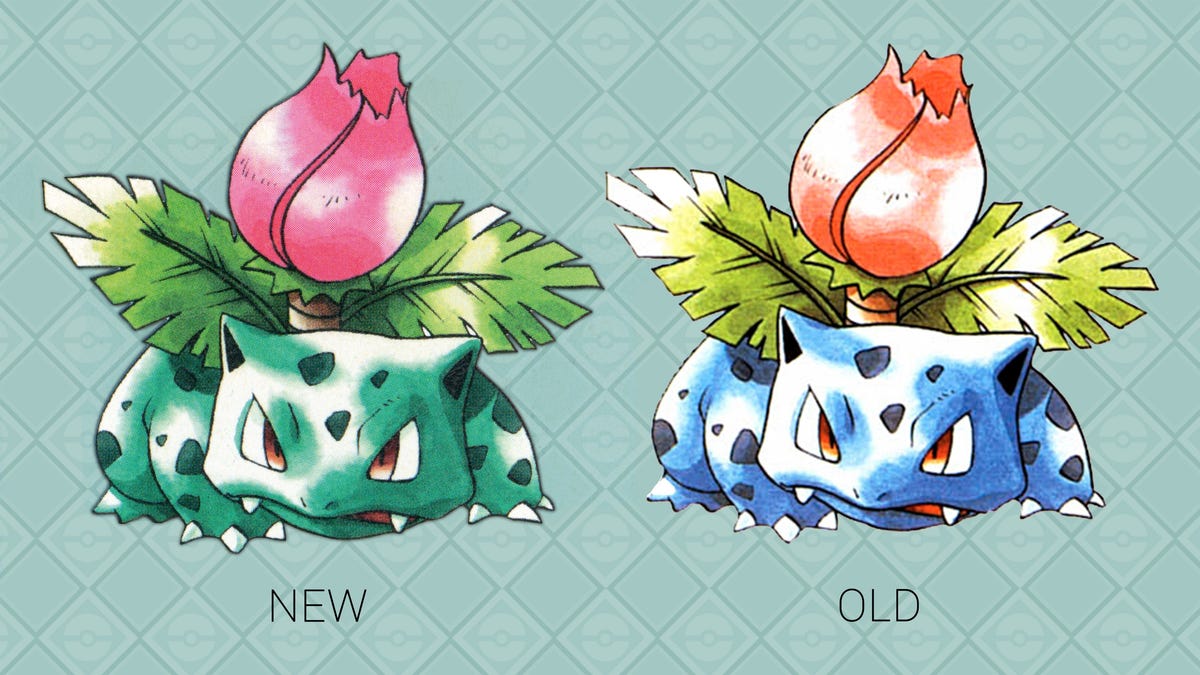
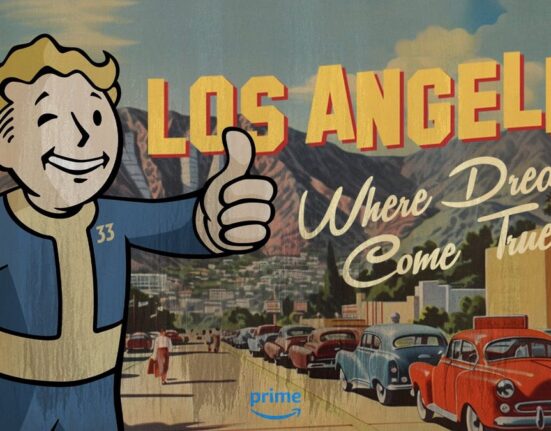
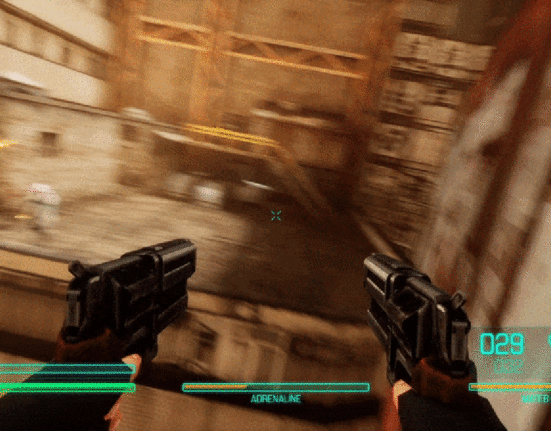
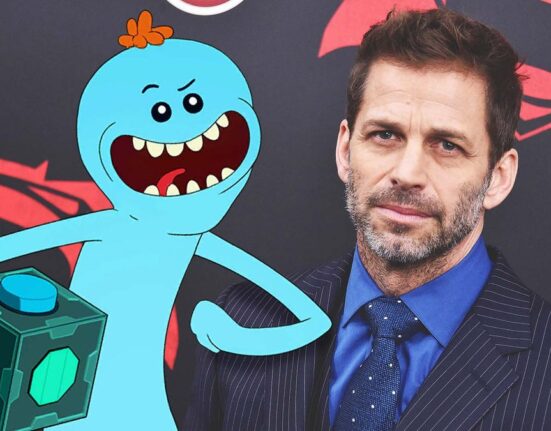
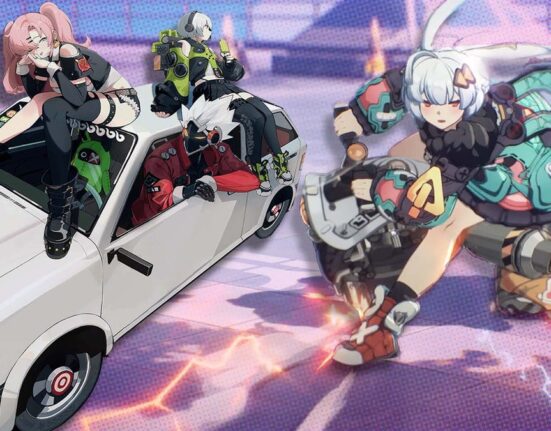
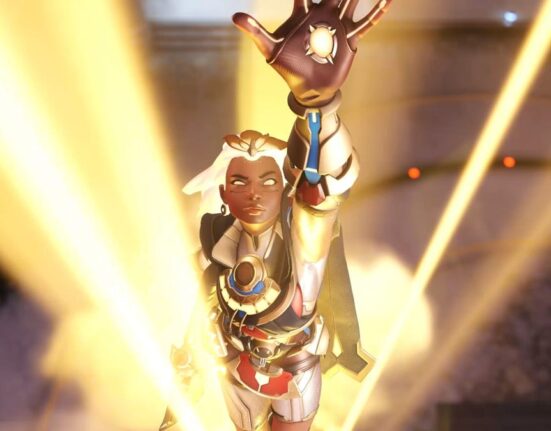
Leave feedback about this